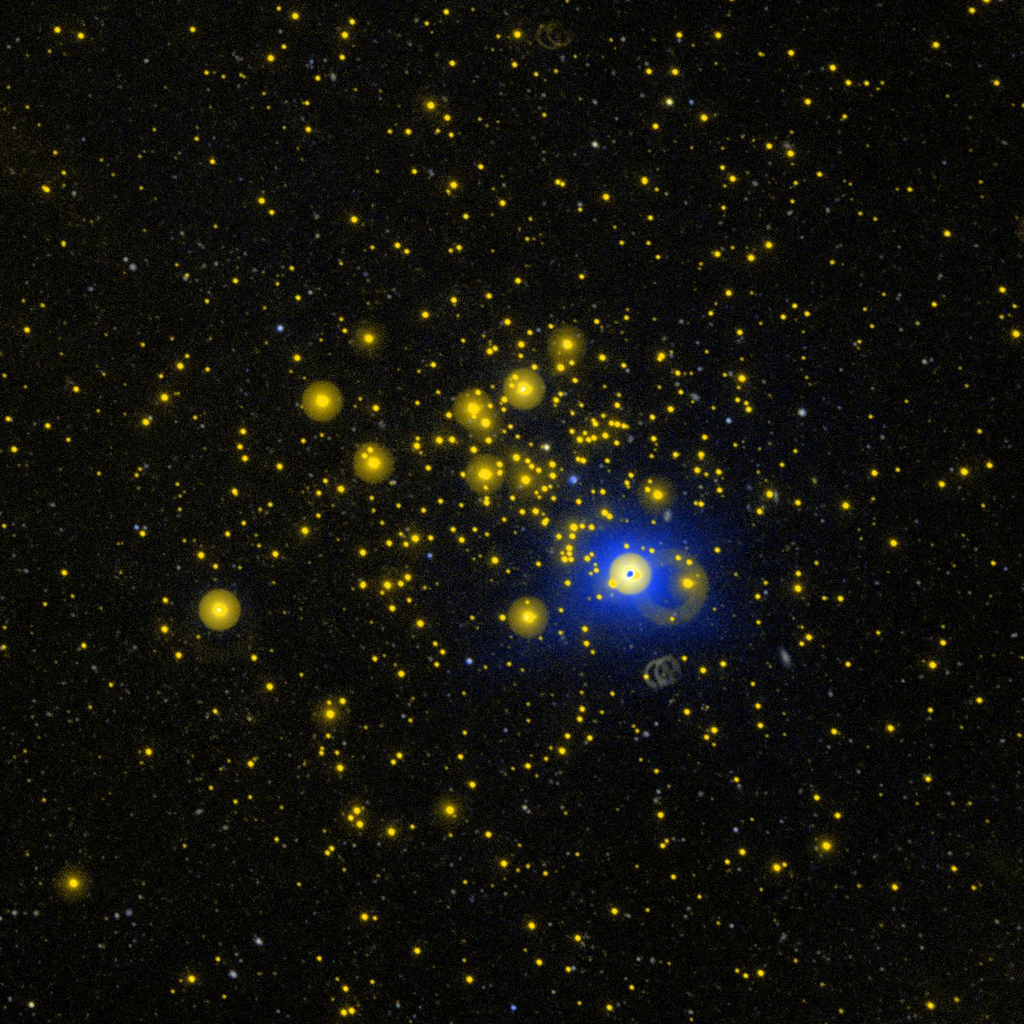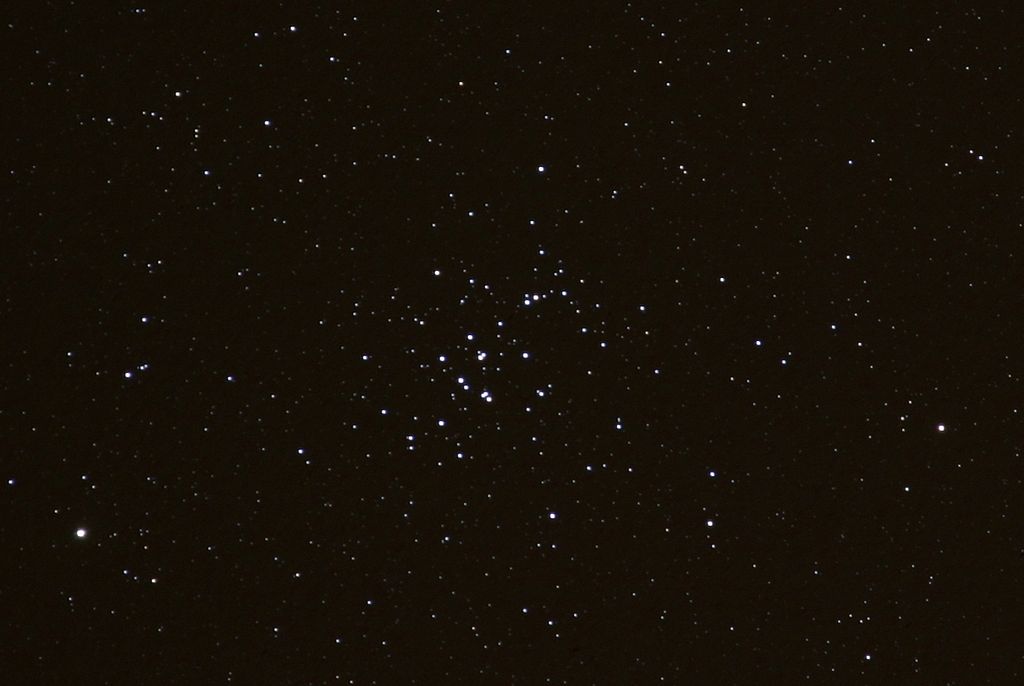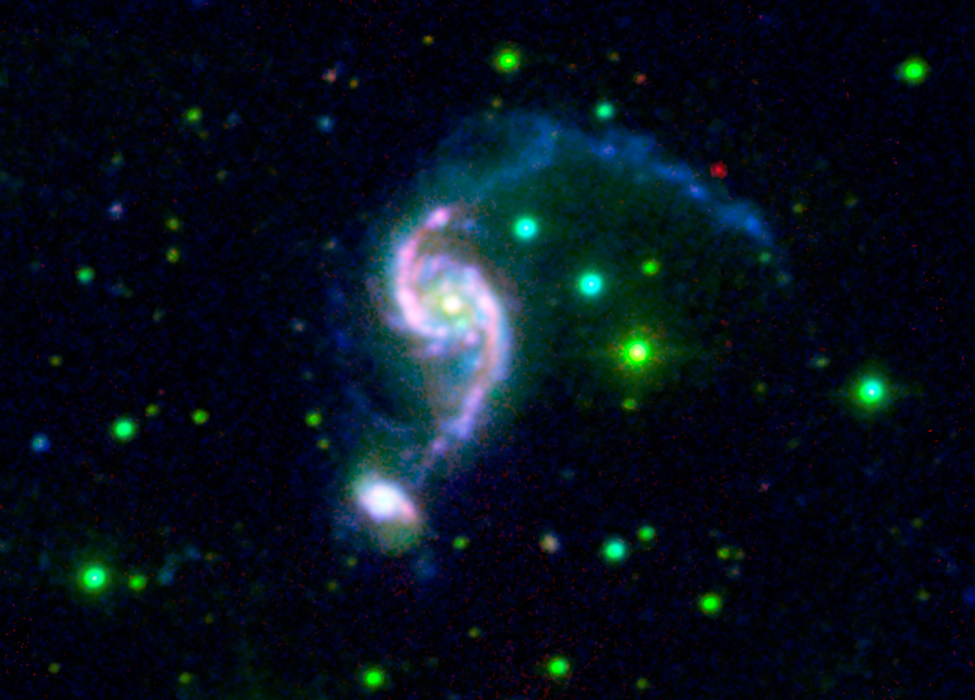
By IAU and Sky & Telescope magazine (Roger Sinnott & Rick Fienberg) [CC-BY-3.0], via Wikimedia Commons
"The Crab"

By IAU and Sky & Telescope magazine (Roger Sinnott & Rick Fienberg) [CC-BY-3.0], via Wikimedia Commons
Abbreviation: Cnc
Genitive: Cancri
Constellation family: Zodiac
Nearest constellations: Canis Minor, Gemini, Hydra,
Leo, Leo Minor, and Lynx
Right ascension: 8.69h
Declination: 20.15°
Visible between latitudes: +90° and -60°
Square degrees: 506
Luminary: Al Tarf (Beta Cancri)
Named stars: Al Tarf, Acubens, Asellus Australis, Asellus Borealis
Notable deep sky objects: M44 (Beehive Cluster), M67

By Alexander Jamieson (United States Naval Observatory Library) [Public domain], via Wikimedia Commons
Cancer is located in the Northern Hemisphere and is visible in March. It is a relatively dim constellation since its brightest star is only fourth magnitude.
In astrology, Cancer is the fourth sign of the zodiac.
In Greek mythology, Heracles (or Hercules, which is the Roman name for the hero) was fighting the monster Hydra, a creature with multiple heads and breath fatal to attackers, when the crab represented by Cancer bit him in the foot to prevent him from killing Hydra. Heracles crushed the crab underfoot and successfully slew Hydra despite the bite, but the crab was placed in the sky for its efforts.
M67 (open cluster):

By GALEX (NASA/JPL) [Public domain], via Wikimedia Commons
M44 (Beehive Cluster):

By Eclipse.sx [CC-BY-SA-3.0], via Wikimedia Commons
NGC 2535 and NGC 2536 (spiral galaxies):

By M. Hancock (East Tennessee State University), B. J. Smith (East Tennessee State University), C. Struck (Iowa State University), M. L. Giroux (East Tennessee State University), P. N. Appleton (Spitzer Science Center), V. Charmandaris (University of Crete), W. T. Reach (Spitzer Science Center) [Public domain], via Wikimedia Commons